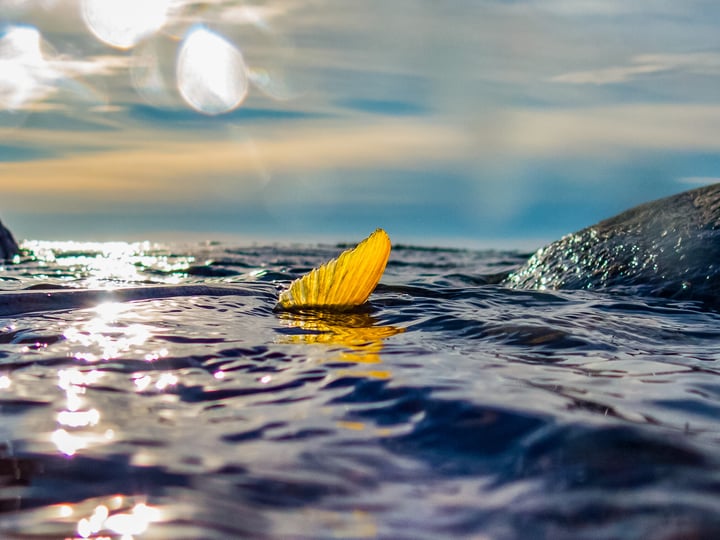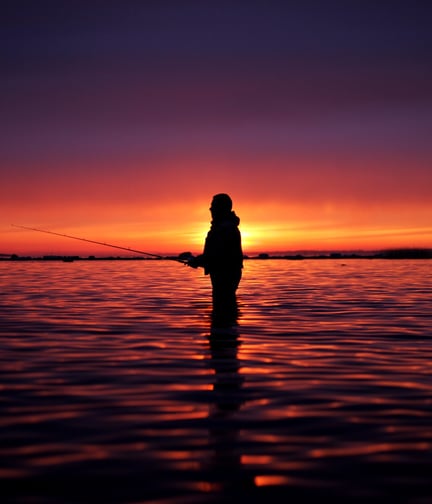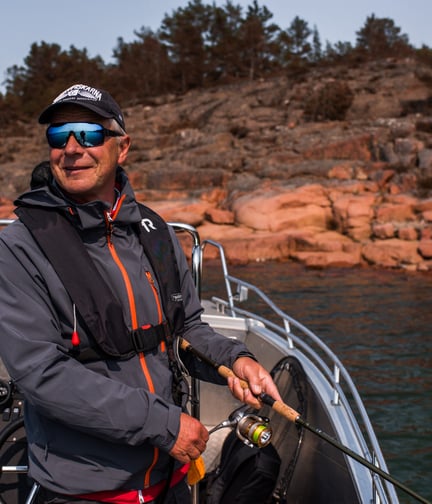Pike and perch fishing
In Åland, spring and autumn are the best seasons for pike fishing whilst feisty perches can be catched all year round by jig fishing.
The Åland pike fishing grounds, with all their shores, islands, bays, reefs and reed bays, are perfect for pikes. If you are out after that old pike, the best time for pike fishing in Åland is in April-May and from early autumn until the first ice settles towards the end of the year.
The chances for catching pike are especially good in autumn and that is when they are feisty! At this time of the year they also spend time in more shallow waters.

Catching pike
The pike is a predator that eats all it can catch. This makes it possible to catch them using many different methods. Most common are spinning, wobblers, spoon baits and jigs.
Jerk fishing and fly fishing are two other popular and effective methods. Sometimes the jerk bait’s movement seems irresistible to the pike, other times a well-placed fly by a reed bay is more effective.
Jig fishing for perch
More and more people have discovered the advantages of jig fishing, especially for perch. It is more active fishing than angling and the risk of losing your bait is small.
The equipment for jig fishing is inexpensive, too. All you need is a spinning rod, a jig head and a soft plastic bait in a colour of your choice.
If you want expert help you can hire one of Åland’s sport fishing guides. – Many don’t know jig fishing but once they have tried it, they like the technique. It is an active and fun way of fishing, says one of the sport fishing guides.
Different weights
The jig head is available in different weights. The deeper you fish, the heavier head you should choose. On the head is a hook and on it you hook the plastic bait. There are “a million” baits to choose from. Some look like slithering worms while others have two tails. The baits come in a great variety of colours.
A fishing expert gives a free tip:
– I prefer brownish baits, sometimes yellowish-white.
Bouncing along
The technique that some of the fishing guides teach is basically the following: Let the jig go down to the bottom, then reel it in a bit and let the jig sink to the bottom again. Continue to reel in and release so that the jig bounces over the bottom and looks like the small animals that the perch like to eat.
– If you’re lucky and stumble over a school of perch you may catch one after another, says an experienced fishing guide.
It’s recommended to look for underwater reefs for jig fishing. You can also test your fishing luck near steep cliffs or in sounds where the water streams.
– Jig fishing is also a good complement to regular pike fishing. If the pike are unusually slow one day and you can’t catch any, try jig fishing for perch instead.





